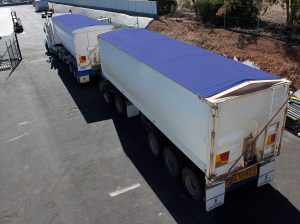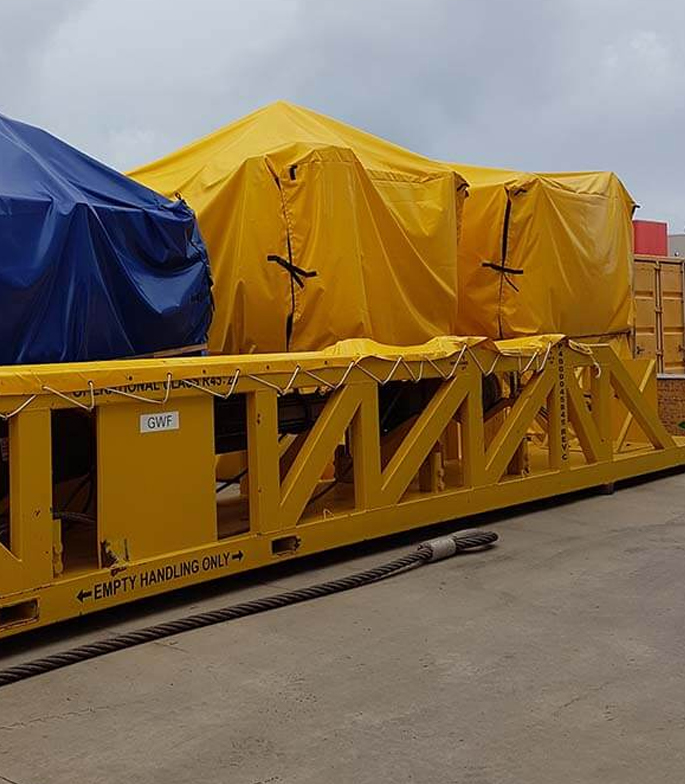Finding A Truck Tarp Suitable For You
Trucks are built to be durable and trustworthy. Every driver knows the feel of his or her vehicle and knows the sounds it makes like the back of their hand. It is highly reasonable to expect the same level of trust from one’s equipment. When traveling long and short distances, if the freight or load is damaged or lost, the driver is at fault so why not do everything in your power to prevent that?

For those with tippers, the last thing you want is your sand or grain flying out behind the bin while in transit, leaving a messy trail for any unfortunate driver following to try and dodge. To prevent this but also maintain the bin’s ability to be loaded from the top, a simple roll tarp is all you need. Truck tarps can be installed in a few different fashions and styles.
For those who have the common rear tipper set up, you would be looking at installing a tarp that you could either wind from the back right up to the front of the bin or even a retractable system that did the same automatically at the push of a button.
For those hardworking farmers who are not afraid to get dirty or do manual labour, there is the common side to side set up which allows the tarp to open the full length of the bin by rolling up to one side. Though primarily a manual effort, there are now options out there to add electric remote arms to help assist in both opening and closing the tarp.
Both options help to provide a fitted and sealed cover to help not only stop your product from escaping but also protecting it from any wind or rain while in transit.
But it is not just roll tarps that utilize PVC material. There are those who invest in sturdy mudguards which also help to add an extra splash of colour to a driver’s bin. Easily manufactured to suit any required size, there are also plenty of opportunities to add any extra reinforcements or ‘wear strips’ where needed.
Another option drivers often consider are extra flaps to go on either end of their bin to help protect against any overflow from coming up, over and back down along the tarp and bin. These flaps help give extra protection against any water trying to get in as well; being especially useful on those bins that have their tarps sitting just back from the front edge of the bin, causing there to be a slight gap that still requires protection. These flaps can range in any lengths, all depending on the required tie-down points on the bin. There are different ways you can design these flaps as well, including having them as part of your initial roll tarp or as separate pieces attached directly to the front and rear of the bin.
There are plenty of different ways a driver can utilize a tarp on his bin; ranging from roll tarps to mudguards, whatever you find works the best for you and your bins needs.




William Snellex (Base Fabrication)